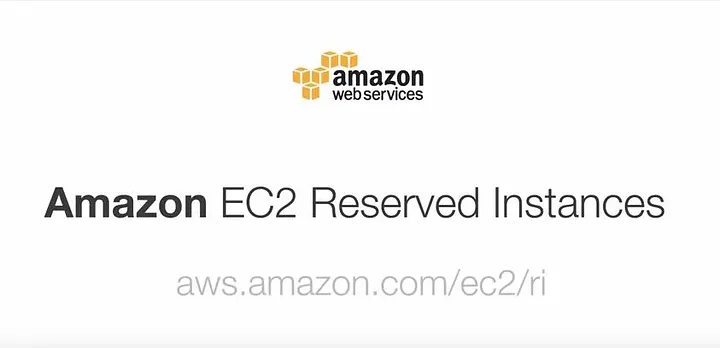
What Is the Difference Between AWS Reserved Instances and Savings Plans?
When managing cloud costs in AWS, two popular cost-saving options often come up: Reserved Instances (RIs) and Savings Plans. Both can significantly reduce your AWS bills, but they serve slightly different purposes and offer varying levels of flexibility. Understanding the differences between the two can help you choose the right approach for your workload.
In this article, we’ll compare AWS Reserved Instances and Savings Plans, highlighting their key features, benefits, and when to use each.
Reserved Instances provide a discount on Amazon EC2 usage when you commit to a specific instance type, region, and operating system for a one- or three-year term. The savings come from making a time-bound commitment to AWS resources.
Key Features of Reserved Instances
- Term Commitment: Available in one- or three-year terms.
- Instance Specificity: Applies only to a specific instance type (e.g.,
m5.large) and region. - Payment Options:
- No Upfront
- Partial Upfront
- All Upfront (offering the most significant savings)
- Discounts: Up to 72% off compared to On-Demand pricing.
Limitations of Reserved Instances
- Rigid: If your workload changes (e.g., requiring a different instance type or region), the RI may not fully apply.
- No Instance Scaling: Reserved Instances lock you into the selected size (e.g.,
t3.mediumvs.t3.large).
What Are AWS Savings Plans?
Savings Plans are a flexible pricing model that offers discounts on your AWS compute usage in exchange for a commitment to a consistent usage level (measured in dollars per hour) for one or three years. Unlike RIs, they are less tied to specific instance configurations.
Key Features of Savings Plans
- Compute Savings Plan: Applies to EC2, AWS Lambda, and AWS Fargate usage across any instance type, size, region, or operating system.
- EC2 Instance Savings Plan: Similar to RIs, it offers discounts for specific instance families in a specific region but with more flexibility in size and OS.
- Term Commitment: Available for one or three years.
- Payment Options: No Upfront, Partial Upfront, or All Upfront.
- Discounts: Up to 66% off compared to On-Demand pricing.
Advantages of Savings Plans
- Flexibility: Covers a broad range of compute services, not just EC2.
- Adaptability: Works across regions and instance families (for Compute Savings Plans).
- Simpler Management: No need to manually reserve instances or manage reservations.
Reserved Instances vs. Savings Plans: Key Differences
| Feature | Reserved Instances | Savings Plans |
|---|---|---|
| Commitment | Specific instance type, size, and region | Dollar-per-hour usage commitment |
| Flexibility | Rigid, instance-specific | Flexible across instance types, sizes, and regions (Compute Plan) |
| Applies To | EC2 Instances only | EC2, Lambda, Fargate |
| Term Options | 1-year or 3-year | 1-year or 3-year |
| Payment Options | No Upfront, Partial Upfront, All Upfront | No Upfront, Partial Upfront, All Upfront |
| Discounts | Up to 72% | Up to 66% |
| Workload Suitability | Best for highly predictable workloads | Ideal for dynamic or evolving workloads |
When to Choose Reserved Instances
Consider Reserved Instances if:
- You have stable, predictable workloads running 24/7.
- You are committed to specific instance types and regions for the next 1–3 years.
- You are looking for maximum discounts and don’t need flexibility.
When to Choose Savings Plans
Savings Plans are better suited for:
- Workloads with dynamic needs that may require switching between instance types or regions.
- Teams using multiple AWS compute services (e.g., Lambda and Fargate) in addition to EC2.
- Organizations that prioritize simplicity and flexibility over maximum savings.


